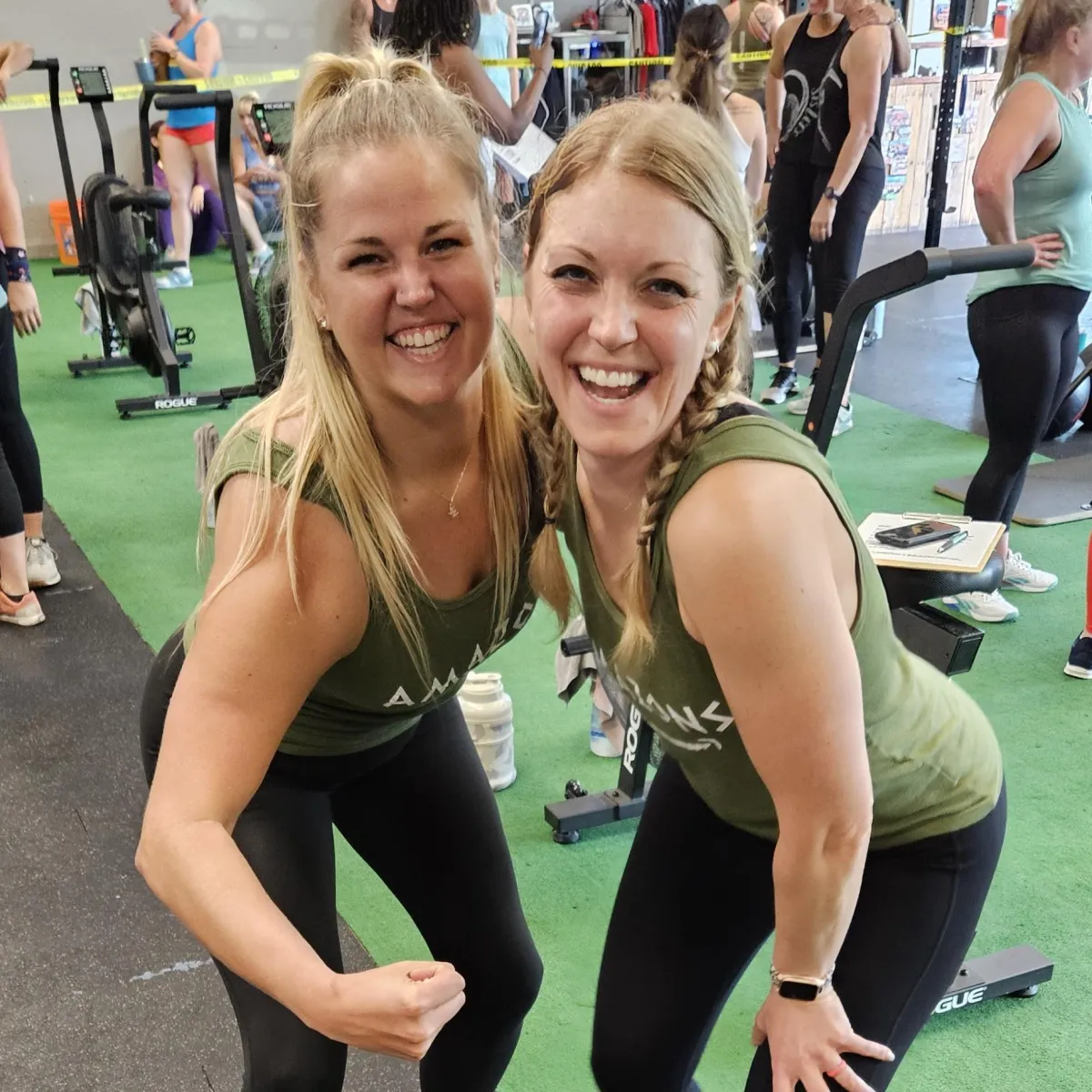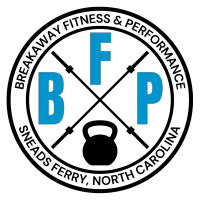WEIGHT LOSS & FITNESS BLOG

What’s The Deal With Pain?
Let’s talk about pain baby, let’s talk about you and me!! Are you singing that in your head now?? Hahaha. Let’s talk about pain, and you and me, or you and a coach at BFP. I say it like this because one of the things we do best here at BFP is help folks reach their fat loss and strength goals, even when they are dealing with pain. Sometimes chronic pain from arthritis. Sometimes more recent pain from a weird thing they tweaked this past weekend at home. We get folks that come through our doors with all types of pain. Primarily around the ages of 30 to 45. Even some folks in their 20’s come in with issues from an old soccer injury or running issue they’ve been dealing with for years.
First, it’s important to understand that with most pain and/or injury, YOU CAN STILL WORK TOWARDS YOUR FAT LOSS AND STRENGTH GOALS! We are here to help you with that. Our goal is to help busy folks, like you, get strong, fit, and feel confident again, whether dealing with pain or not.
WHAT IS PAIN?
As noted by the Prehab Guys in their article “Pain Science”, “Pain is an unpleasant sensory and emotional experience associated with actual or potential tissue damage”.
There are some key things to note here. First, pain is a sensory and EMOTIONAL experience. Pain can hurt so bad it makes us cry while at the same time, it can hurt just enough to frustrate someone into crying. So, moving forward, let’s try to view pain as something that we not only feel physically, but that we are affected by emotionally.
HOW DOES OUR BODY RESPOND?
Pain can make us move and think differently than we would without pain. Think about spraining your ankle. Generally, there is tissue damage when we sprain the ankle. This leads to us walking differently. Often when we start to walk differently, it can affect the mobility of our ankle. If we lose some mobility in that ankle, we will then begin to squat differently and continue to walk differently which can throw things out of balance throughout other areas of your body. It’s possible, that as a result of this compensation to pain, you end up with more pain elsewhere over time.Then the frustration sets in. The same thing can happen when we stay in a specific position throughout the day. Often times, not always but often, the tissues and structures affected by these positions will begin to mimic that position throughout the day and in other movements. Think about folks who work at a desk all day, unless they exercise regularly or get up and move throughout the day, what does their posture generally look like?
We can also learn from this. Our brain helps us to recognize when this same threat could be present again and help to protect us. In fact, pain’s main purpose is to activate the appropriate response so that we can get away from that threat or stimulus. Think about fight or flight. Most of us have heard of this. It is one way our nervous system responds to a threat and primes us to fight that threat or run from that threat. Regardless, part of this process is priming the muscles to get ready for action. This happens in different ways and on different levels, but if we are living with chronic pain, or constantly in fight or flight mode (stressed), those muscles being primed can become over stressed and become “tight” or overactive. There are ways to combat this by shutting off the sympathetic nervous system (fight or flight) and stimulating the parasympathetic nervous system (rest and digest) which we will get to in just a bit.
We also need to understand that not all tissue damage will cause pain and not all pain indicates tissue damage. Think of it this way:
A minor finger injury on a major league pitcher’s throwing arm will be perceived with more pain than a marathon runner because the threat is higher to the pitcher. He could lose his job or not get to play. A marathon runner could continue competing.
There are also other interesting experiences from pain like pairing pain with a red light will hurt more than if paired with a green or blue light. If you experience pain and are told it’s “hot” it will hurt more than if told it is “cold”. Something as simple as knowing there will be pain after a surgery allows for less pain killers after the surgery.
We can also affect our perception of pain through our emotional state. If your emotional state is positive, then the brain will actually release a greater amount of natural pain killers. If you are in a negative emotional state, you will actually release less natural pain killers. A great example of this is when you are playing a sport and you’re focused on that sport. Maybe it’s getting close to the end of the game and you are pumped about the fact that you could win. Even though you may have tweaked your neck, you don’t really feel it. Now, consider that same injury but it’s at a desk job that you hate. You are stuck there, at that desk, all day long, and your neck is killing you. Does this sound familiar to anyone?
Now, let’s talk about chronic pain. Chronic pain is the type of pain that you’ve had for an extended period of time. Sometimes due to specific diagnosis or from past injuries. This can also relate to what may seem like arthritis related pain or fibromyalgia type symptoms. Sometimes, it could be from pain you perhaps felt from tissue damage or an injury, now the injury has healed, but you still have pain. This type of pain can actually affect the brain negatively and lead to increased levels of stress hormones or fight/flight hormones. This can in turn lead to fear, anxiety, and even depression related to the pain. It’s a terrible cycle to fall into! With the increased stress hormones, this can put you into a negative emotional state leading to a heightened awareness of pain. Remember the desk worker that tweaked their neck?
Are you in this cycle right now? Would you like to get out of it? Then make sure you stay tuned for our next blog where we focus on exercise and working around injuries or pain. It’s a good one with tons of good info and videos for those of us who aren’t big readers!
Thanks,
Coach Joe


Are you Ready to become
sTRONG - FIT - cONFIDENT?
Click the Button To Start Your Journey Today!!

